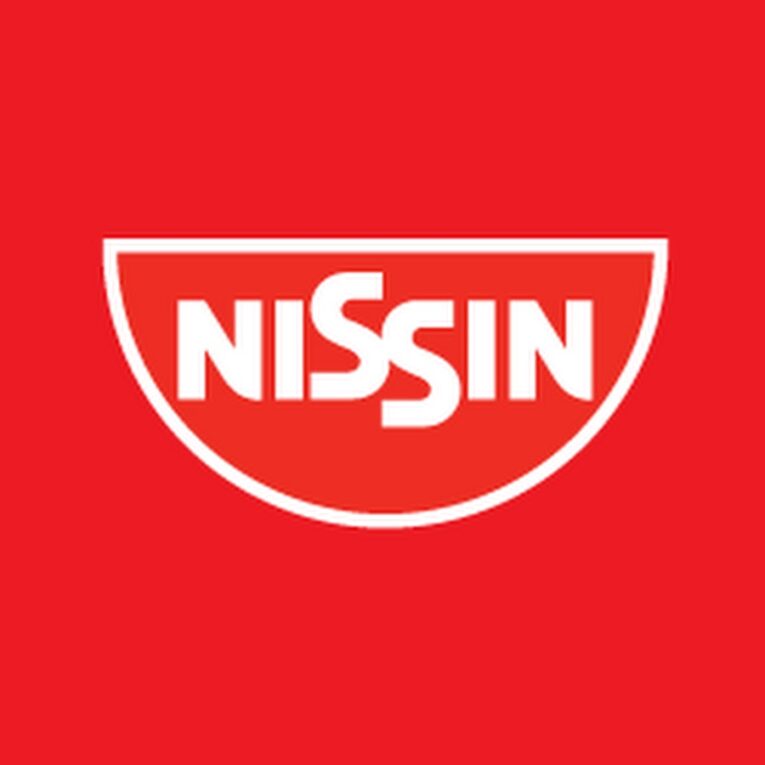Nisin is a peptide produced by certain strains of the bacterium Lactococcus lactis. It has been used as a natural food preservative for over 50 years due to its potent antibacterial properties. In this article, we will explore what nisin is, how it works, its applications in the food industry, and future research into this promising natural compound.
What is Nisin?
Nisin is a polycyclic antibacterial peptide consisting of 34 amino acids. It is unique in that it contains the uncommon amino acid lanthionine, which contributes to its strong antibacterial efficacy. Nisin gets its name from its producer, Lactococcus lactis. It was first identified and isolated from milk in the 1920s by British scientists. Since then, research has revealed nisin to be highly effective against a broad spectrum of gram-positive bacteria, especially those that cause food spoilage and foodborne illness such as Listeria, Staphylococcus, and Clostridium.
How Does Nisin Work?
Nisin kills bacteria through a unique multipronged attack on their cell membranes. First, it binds to a bacterial cell wall precursor called lipid II that is important for cell wall synthesis. This interference disrupts the integrity of the cell membrane. Nisin then forms pores in the membrane through which its hydrophobic portions insert. This pore formation depolarizes the membrane potential, releasing intracellular contents and ultimately leading to bacterial cell death. Gram-positive bacteria are particularly susceptible to nisin due to differences in their cell wall structures compared to human cells. This targeted mode of action makes nisin safe for human consumption.
Applications in the Food Industry
Due to its antibacterial potency and safety, nisin has seen widespread use as a natural food preservative since the 1950s, especially in Europe. Some key applications of nisin include:
– Dairy Products: Nisin is approved for use in processed cheese, milk products and dairy-based sauces to control bacteria like Listeria. It helps extend dairy shelf life.
– Cured Meats: Added to sliced meats, hot dogs and sausages, nisin controls the bacteria that causes spoilage and food poisoning from Staphylococcus.
– Canned Goods: Used to preserve canned vegetables, soups, sauces and condiments by inhibiting spoilage bacteria like Clostridium botulinum.
– Baked Goods: Approved for use in breads and rolls to prevent sprouting and inhibit bugs like Bacillus coagulans.
– Other Foods: Also used to extend shelf life of fermented products, desserts, marinades, infant formula and more.
Nisin Research: Improving Production and Applications
Given nisin’s impressive antimicrobial capabilities, scientists continue working to maximize its potential through improved production methods and new applications. Here are some notable areas of ongoing research:
Genetic Engineering of Producer Strains
Researchers are genetically engineering Lactococcus lactis to not only overproduce nisin but alter its structure to enhance activity. Strains have been developed that synthesize 10-100X more nisin to reduce production costs. Mutant nisin peptides with increased potency and spectrum are also being studied.
Novel Delivery Systems
Encapsulating nisin within protections like liposomes, emulsions or gellan gels aims to shield it from environmental degradation while controlling its release. This could lead to applications in non-food items like medical devices, wound dressings and dental materials.
Synergistic Combinations
Combining nisin with other antimicrobials shows promise for additive or synergistic effects. Pairing it with bacterial or plant extracts, bacteriophages and essential oils could combat resistance and expand nisin’s reach. Studies look at inhibiting both gram-positive and gram-negative pathogens.
Regulatory Approval in New Products
Given its long safe history, researchers push for legalizing nisin in products like fresh meat and seafood to displace synthetic preservatives. They also seek approval for use against clinically relevant pathogens in medical settings.
As the need grows for natural, non-toxic food preservatives, nisin shows incredible potential through ongoing research and development. A deeper understanding of its complex mechanisms of action may also reveal new therapeutic applications. With an impressive 55+ year track record of safety, nisin stands poised to take on an even greater role in food safety and public health worldwide.
*Note:
1. Source: Coherent Market Insights, Public sources, Desk research
2. We have leveraged AI tools to mine information and compile it

